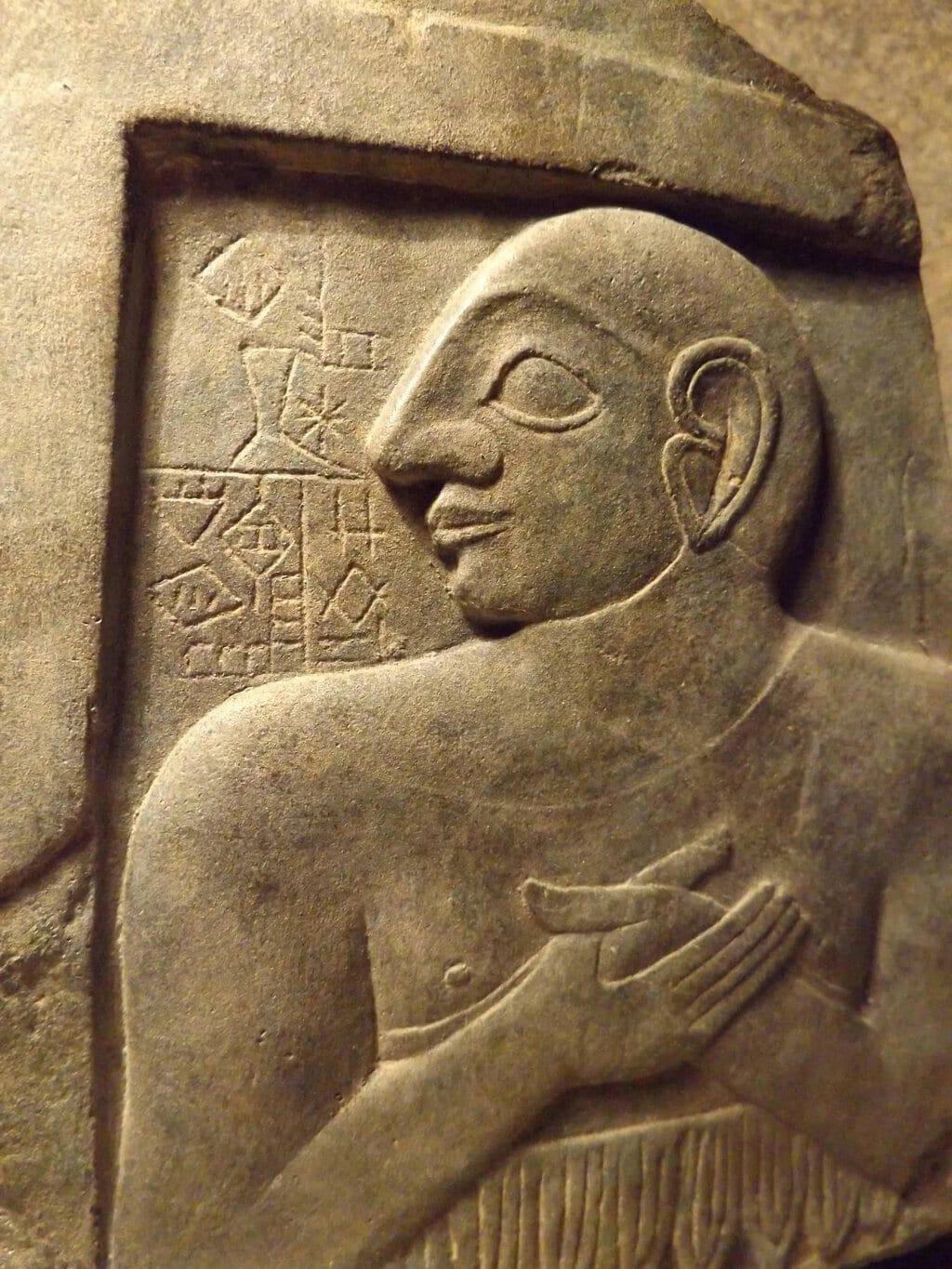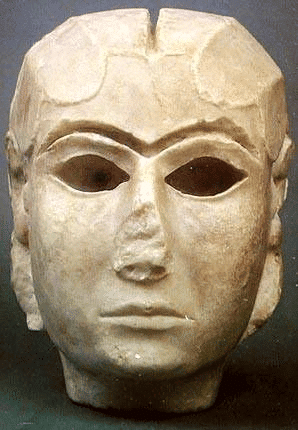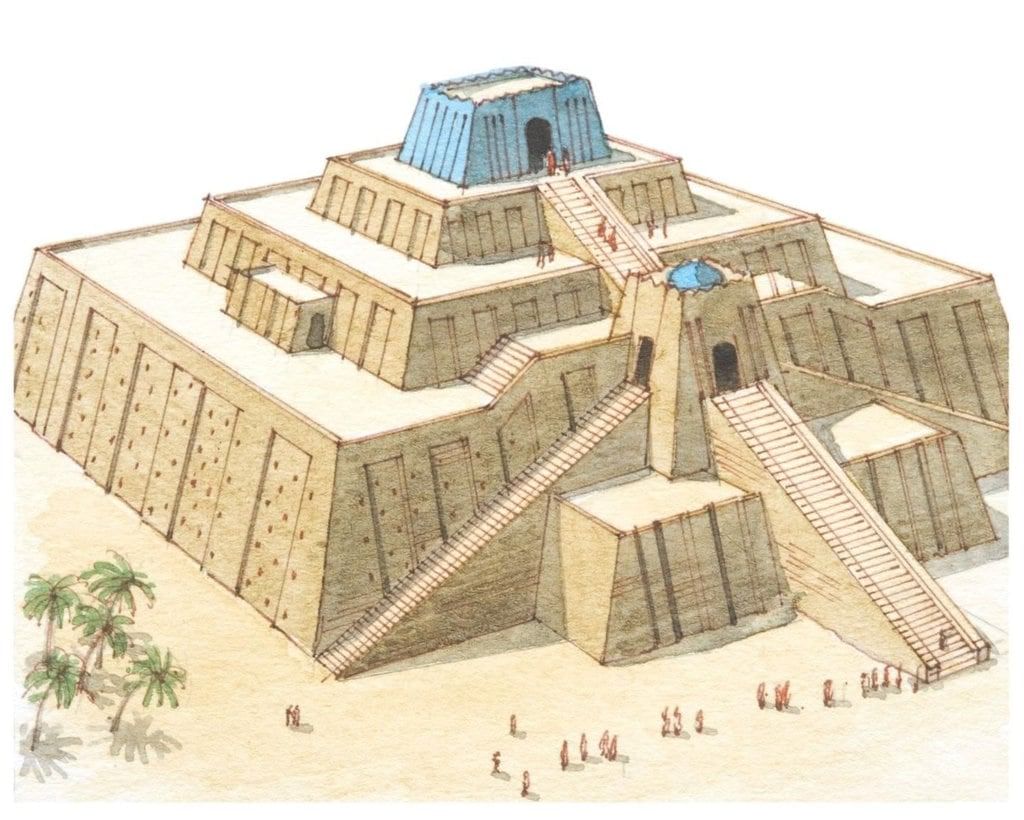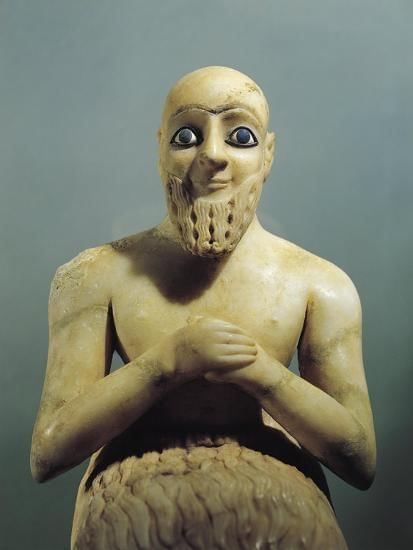Multiple Choice Questions:
Q1: What was the primary reason for the growth of cities in Mesopotamia?
(a) Natural fertility and abundant rainfall
(b) Highly productive agriculture and water transport
(c) Military strength and the power of kings
(d) The development of metal tools
Solution: (b) The growth of cities in Mesopotamia was primarily due to highly productive agriculture and the ability to transport goods via water.
Q2: Which of the following was the first known language of Mesopotamia?
(a) Akkadian
(b) Aramaic
(c) Sumerian
(d) Hebrew
Solution: (c) Sumerian was the first known language of Mesopotamia, gradually replaced by Akkadian around 2400 BCE.
Q3: What was the main purpose of the earliest written tablets in Mesopotamia?
(a) To record historical events
(b) To keep records of trade and transactions
(c) To create laws and decrees
(d) To document religious rituals
Solution: (b) The earliest written tablets in Mesopotamia were used to keep records of trade and transactions.
Q4: How did writing in Mesopotamia contribute to city life?
(a) It allowed kings to assert their power
(b) It helped in the documentation of historical events
(c) It was essential for keeping records of trade and managing the urban economy
(d) It was used for artistic expressions
Solution: (c) Writing was essential for keeping records of trade and managing the urban economy, making city life more organised.
Q5: What was the significance of the ?
(a) It was an important religious artefact
(b) It was a symbol of the power of kings
(c) It was a finely sculpted representation of a woman from Uruk
(d) It represented the divine ruler of Mesopotamia
Solution: (c) The Warka Head is a finely sculpted representation of a woman from Uruk, admired for its delicate modelling.
Short Q/A:
Q1: What role did the temples play in early Mesopotamian cities?
Solution: Temples were central to early Mesopotamian cities, serving not only as religious centres but also as economic hubs where goods were processed and distributed, including grain, oil, and cloth.
Q2: What evidence suggests that the early Mesopotamians were involved in long-distance trade?
Solution: The discovery of materials such as lapis lazuli, copper, and tin, which were sourced from distant lands, indicates that Mesopotamians were engaged in long-distance trade.
Q3: Why was writing crucial for the development of cities in Mesopotamia?
Solution: Writing helped manage the urban economy, record trade transactions, and maintain legal and administrative records, making it essential for the smooth functioning of cities.
Q4: What were some challenges to agriculture in southern Mesopotamia?
Solution: Agriculture in southern Mesopotamia faced challenges like floods from the Euphrates, changes in water courses, and conflicts over water distribution, which required efficient management.
Q5: How did the king’s role evolve with the growth of cities in Mesopotamia?
Solution: Kings became central figures in urban life, organising trade, commanding workers, and building temples, which further reinforced their power and the structure of society.
Activity-Based Questions:
Activity: Discuss whether city life would have been possible without the use of metals.
Solution:
Role of Metals in Urban Development: Metals, especially bronze and later iron, played a crucial role in the development of cities. The use of metals allowed for the creation of essential tools, weapons, and infrastructure.
Tool and Weapon Production: Without metals, producing tools such as plows, axes, and knives would have been challenging. These tools were essential for agriculture, construction, and defense, all of which supported urban life.
Construction of Buildings: Architectural features such as columns, roofs, and fortifications would have been difficult to achieve without the strength and durability of metals. Metals enabled the construction of more complex and sturdy structures.
Technological Advancements: The use of metals led to technological innovations such as metalworking, smithing, and weaving, which were essential for the growth of industries and trade in cities.
Conclusion: City life would have been extremely challenging without metals. They were essential for agriculture, construction, weaponry, and technological advancement, all of which were key to the development and sustainability of urban centers.
Activity: Trace the route from the entrance to the inner court of the Palace at Mari. What do you think would have been kept in the storerooms?
Solution: Route to the Inner Court: The route from the entrance to the inner court of the Palace at Mari would pass through multiple layers of chambers and courtyards. The first part of the journey would likely take visitors through outer walls, entry gates, and administrative spaces, which would gradually lead to inner chambers, including the residential and ceremonial areas of the palace.
Storerooms: The storerooms, likely located in more secure areas of the palace, would have contained essential supplies for the palace and its inhabitants. These would include:
Food Supplies: Grains, dried fruits, vegetables, and meat, which were crucial for maintaining the royal household.
Precious Materials: Items such as precious metals, gems, and textiles, possibly used for crafting royal ornaments, ceremonial items, and offerings.
Luxury Goods: Imported goods like spices, incense, or fine pottery, which were often stored for royal consumption or trade.
Conclusion: The storerooms at Mari would have been key to ensuring the palace’s self-sufficiency and wealth, safeguarding both everyday necessities and luxury items for the ruling elite.
Research-Based Question:
Q1: Examine the importance of the invention of writing for the advancement of Mesopotamian society. How did cuneiform writing aid in governance, trade, record-keeping, and the development of social and economic systems? Explore its role in managing resources and promoting cultural growth.
Solution: The invention of writing, particularly cuneiform, was crucial for the advancement of Mesopotamian society. It enabled the accurate recording of trade transactions, legal agreements, and administrative processes, ensuring efficient governance. Writing also played a key role in the preservation of cultural knowledge, including laws, religious texts, and literature, which promoted continuity and identity within the society. Additionally, it facilitated resource management, enabling better planning and organization of agriculture, labor, and trade. Overall, cuneiform writing laid the foundation for the development of a complex and structured economy, governance, and culture in Mesopotamia.
Crossword:
Clues:
The first known language of Mesopotamia (Across)
The city associated with the famous hero Gilgamesh (Down)
The Mesopotamian writing system (Across)
The river that brought fertile silt to Mesopotamia (Down)
The metal alloy made from copper and tin used in tools (Across)
Solution:
Sumerian (Across)
Uruk (Down)
Cuneiform (Across)
Euphrates (Down)
Bronze (Across)


























